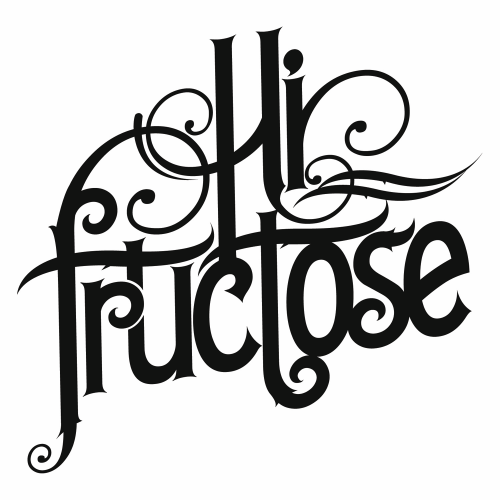The drawings of Laurie Lipton have bewildered and enchanted audiences for several decades. Each piece wields a cacophony of influences and experiences in dreamlike visions. When she talks about her work, whether from the 1980s or recent months, Lipton yields any specific explanation to the viewer. “Everything I’ve ever seen, read, felt, thought, heard… it all goes into the mush of my brain and out through my left hand into imagery,” she says. “To me it’s a weird, inexplicable alchemy.”
The New York-born artist first picked up a pencil at the age of four, and she just kept drawing. That path led her to be the first person to graduate from Carnegie-Mellon University with a fine arts degree in drawing. So after numerous years and shows and breakthroughs, it’s difficult for Lipton to answer the question of how her work has evolved. “As I’ve been drawing, exclusively, for over half a century, the evolution of my work is hard to package into a neat progression,” she says. “Let’s just say that the more I drew, the better I got. It’s like practicing on an instrument every day for years: After a while you’re able to play virtually anything. However I prefer not to rest on my laurels, but to challenge myself in each new piece. It keeps me on my toes and focused. I never want to ‘sleep walk’ through a drawing.”
Lipton had been encouraged to pursue abstract and conceptual work in school. Yet, despite being told that figurative art was centuries behind us, Lipton found sanctuary in the works of Flemish painter Jan Van Eyck, Francisco Goya, and the black-and-white photographer Diane Arbus. After school, Lipton spent the next thirty-six years living and working abroad. She landed and lives in Los Angeles today, yet still looks back on her time in Holland, England, Belgium, France, and Germany as formative in that “inexplicable alchemy.”














